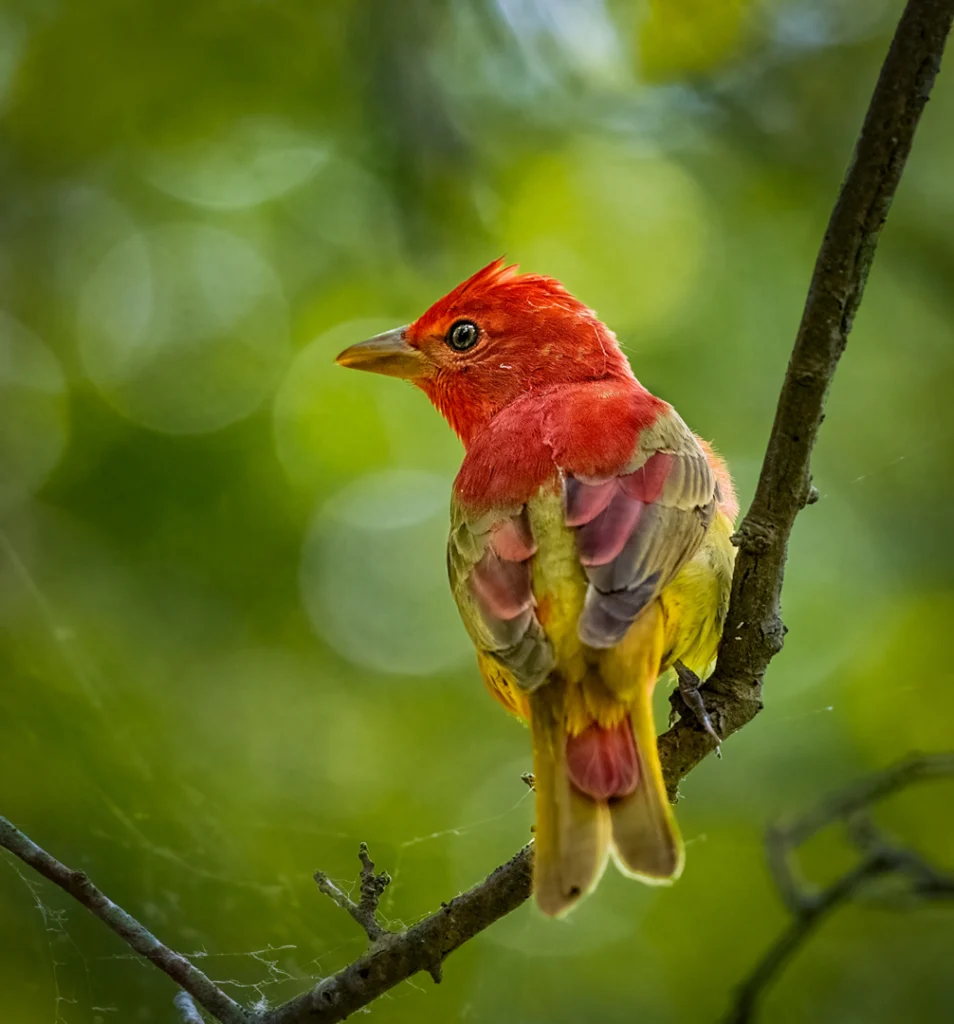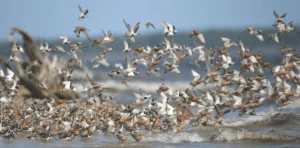
Identified Threats to Birds

Habitat Loss
Habitat loss and degradation stand out as major, universal threats to birds. Habitat loss is typically driven by human needs. We clear land to make way for housing and commercial buildings, convert grasslands to grow monocrops, divert water sources, and extract resources unsustainably. Habitat loss can affect any bird, but migratory birds experience the effects across thousands of miles. Through a growing network of reserves, habitat restoration initiatives, and partnerships, we seek solutions that allow birds to thrive while still meeting people’s needs. We complement our action on the ground with policy work to conserve habitats and preserve public lands.

Glass Collisions
Birds see the world differently: We see a leafy tree reflected in a window or visible through the glass we gaze through. What’s crystal clear to us — glass — isn’t visible to birds because they don’t understand context clues like window frames. They simply see an inviting, leafy tree. More than 1 billion birds die each year after colliding with glass in the U.S. It’s up to us to make glass visible to birds, from the windows of our homes to the skyscrapers downtown.
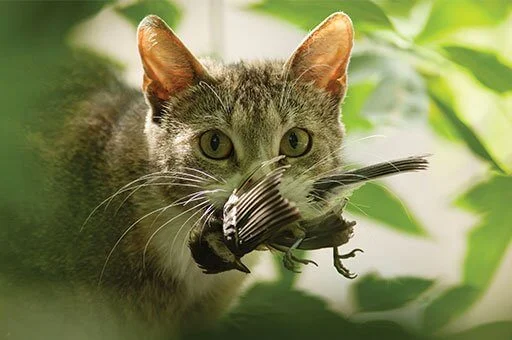
Cats & Other Invasive Species
Birds are survivors. They undertake some of the world’s most extreme migrations. They are found on every continent. Birds are remarkably well-adapted to their environments. But invasive species can dramatically alter ecosystems. An estimated 2.4 billion birds fall prey to domestic cats in the U.S. each year. We advocate for keeping cats indoors for the safety of birds (and cats, too) and work to reduce the harm from other invasive species.
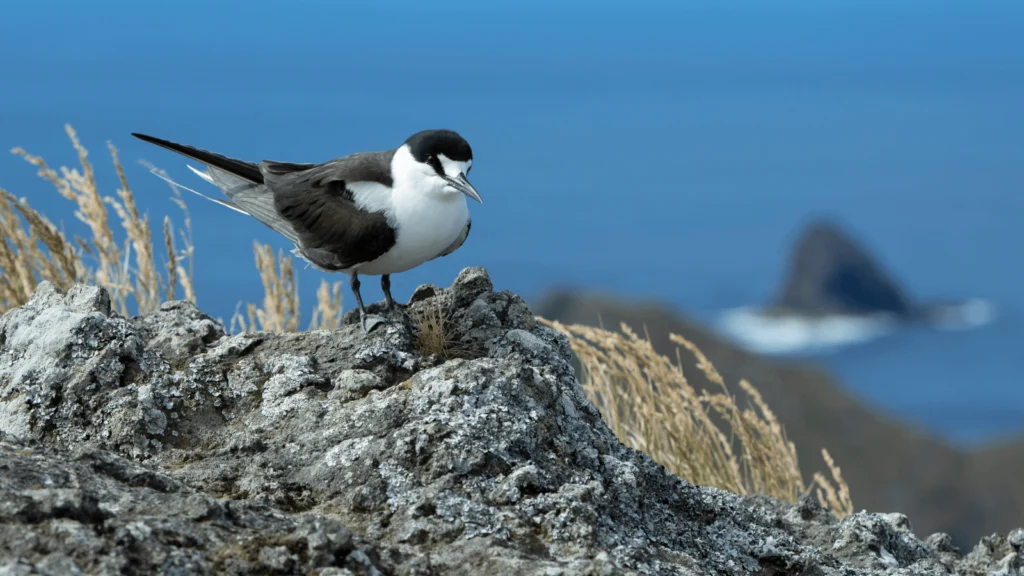
Fisheries
Seabirds have been our sentinels on the open ocean for centuries, helping us navigate and find an abundance of fish, leading to the creation of maritime economies and communities. Today, seabirds are harmed by the same industry they unknowingly helped to develop. Each year, hundreds of thousands of albatrosses and other seabirds become the victims of bycatch when they get entangled in nets or caught by hooks. We work with fisheries managers to advance solutions to prevent these losses and make the seas safer for birds.
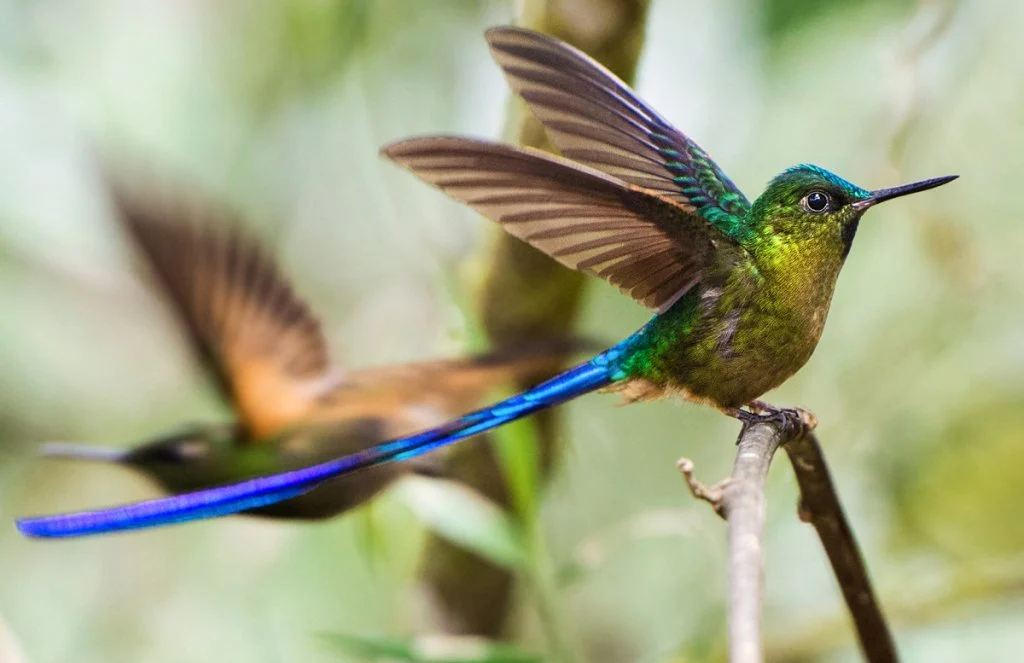
Climate Change
Climate change is making our world more unpredictable and even unlivable in some places. Temperatures are rising, droughts and storms are intensifying, and sea levels are inching upward. Climate change is exacerbating existing threats to birds and reshaping our world. Birds are responding by altering their migration patterns and shifting their ranges. We are responding by mitigating the effects of climate change, increasing resiliency, and improving habitats to encourage adaptation.

Wind Turbines & Energy
We’re already experiencing the impacts of climate change. Transitioning to clean renewable energy, like wind and solar, will be essential in our efforts to mitigate climate change’s worst effects and adapt to changes on the horizon. Unfortunately, if not sited properly, wind projects can be deadly for birds, and solar plants can consume critical habitats.. We advocate for and provide guidance on how to successfully plan for clean energy projects that maximize their environmental benefits and minimize harm to birds and other wildlife.
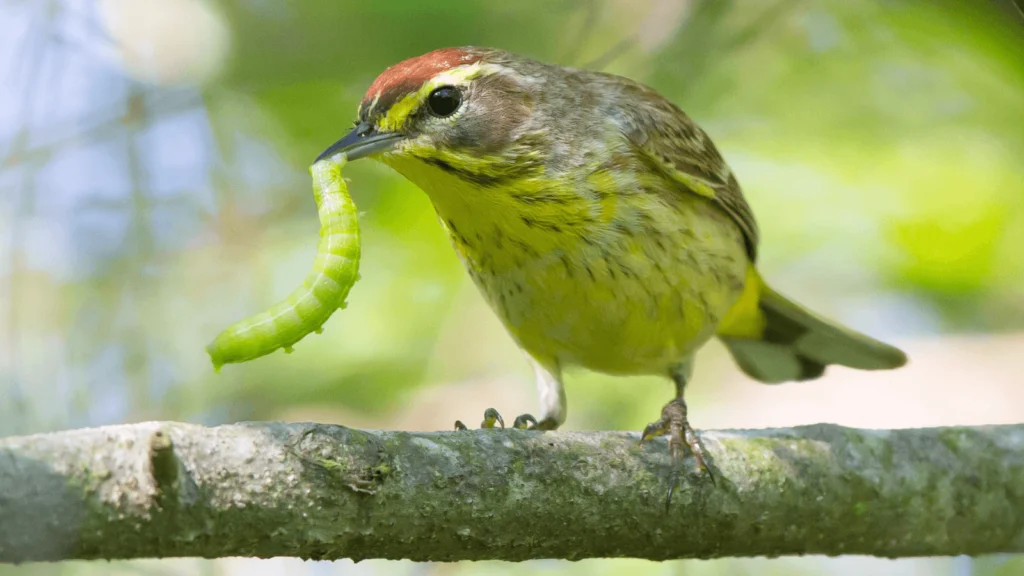
Pesticides & Toxins
The harmful effects of the pesticide DDT in the mid-20th century helped launch the modern environmental movement. Unfortunately, today’s pesticides and toxins are every bit as potent and omnipresent in our environment. Herbicides, rodenticides, and other chemicals can be devastatingly harmful to birds, from the smallest wrens and finches to imposing raptors like eagles and hawks. We push for stronger regulations for dangerous chemicals and encourage the use of safer organic pesticide products.
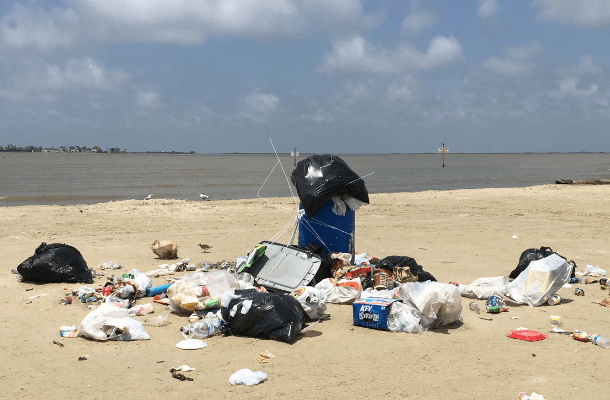
Plastics
Not even the most remote bird habitats have escaped the reach of plastic pollution. Plastic can harm all birds, but marine birds are most at risk from the billions of pounds of plastic introduced to the ocean every year. Plastic gets ingested and unknowingly fed to young birds by their parents. Birds become entangled in plastic debris, limiting their ability to move and potentially leading to death. We’re working to address plastic pollution and keep birds safer.
ABC Getting Results
See All News
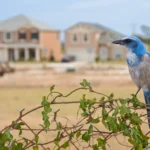
Keeping Watch
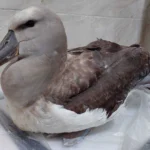
Rare Albatross Makes Remarkable Recovery After Swallowing Multiple Fishing Hooks

Sharing the Wonder of Birds


Help reduce the threats to birds.
Join the flock! Your donation helps conserve the habitats that birds need to survive and thrive.
